How to create engaging content consistently
Do you find yourself struggling to stay consistent when producing content for your built environment brand? Does every Monday morning leave you scratching your head trying to work out what content to post on your social media feed? Do you feel that you're running out of ideas?
As building environment communicators, we recognise that creating content across digital channels can be a daunting task. Keeping on top of your blogs, newsletter and social content can at times seem labour intensive. But it doesn’t have to be that way. All it takes is a bit of pre-planning, organisation, and a sprinkling of pixie dust along the way.
Here is a 3-step guide to help you write consistent and engaging content across all your digital communication channels. Use the below principles to create a content marketing strategy that works for your websites, blogs, emails, e-books and your social media channels too.
This blog covers:
Identifying your content pillars
Creating a content marketing calendar
Making use of social media scheduling tools
The content that your brand generates will help you connect better with your target audiences. Afterall, the ultimate goal of any content marketing strategy is to hook and draw an audience in.
So, in order to do this, you would firstly need to get to know your target audience intimately. Who are you creating content for? See our tips on what to ask yourself when crafting your audience personas here.
Have a good idea of your audience already?
Below is our 3-step guide to generating consistently engaging content.
1. Identify your content pillars
Successful content marketing requires you to choose purposeful content that resonates with your audiences. You can do this by identifying your brand’s content pillars.
Content Pillars are topics or themes, specifically related to a “niche” in your industry. A niche is an area of expertise, where a brand thrives- it’s how a brand serves others.
The more specific this niche is, the more likely the story and brand vision will be clearer to its audiences. Your niche would most probably be a section of the built environment, for example ‘sustainable architecture’, and your content pillars will be specific themes that spin off from this. For example a theme might be your low carbon approach or your focus on sustainable design excellence.
Content Pillars create a foundation for your overall content marketing strategy and help your strategy to stay focused. We suggest you have 3 or a maximum of 4 content pillars that you can draw from.
Remember, your content pillars aren't set in stone. As a brand grows and evolves, so will the content pillars too.
2. Create a Content Marketing Calendar
A content marketing calendar is a time management tool to help you create content efficiently. Use a content marketing calendar to plan and populate content for any given period.
The best way to do this is to brainstorm topics and themes around your content pillars to help you come up with fresh ideas. Gather content ideas from Google Trends or from blog aggregators like Feedly.
A content marketing calendar is multi-channel, so you can fill the calendar with content prompts around your content pillars, ready to be developed.
Mix up your content and create variety within your posts and don’t forget to add key business dates to your calendar like MIPIM, World Green Building Week or London Festival of Architecture.
3. Make use of social media scheduling tools
Having trouble staying consistent on your social media channels? Use social media scheduling tools to help you post your content. Social media scheduling tools allow you to manage social accounts efficiently and ensures that you remain consistent and on top of your social media feeds.
At Concept Culture, we enjoy using Buffer to publish our posts, but there are lots of other scheduling applications like Loomly, SproutSocial or Hootsuite that you can investigate depending on your goals, budget and resources (SproutSocial for examples comes with a hefty price tag!)
So there we are! We hope that using our 3-step guide will help you better manage your content strategy to help your built environment brand stay consistent and front of mind of your target audience. Check out our insights blog for more actionable and specific content marketing top tips.
Need help with your content marketing strategy?
Get in touch with us, we’d love to provide you with tailored branding and marketing support to grow and elevate your brand by using social media.
